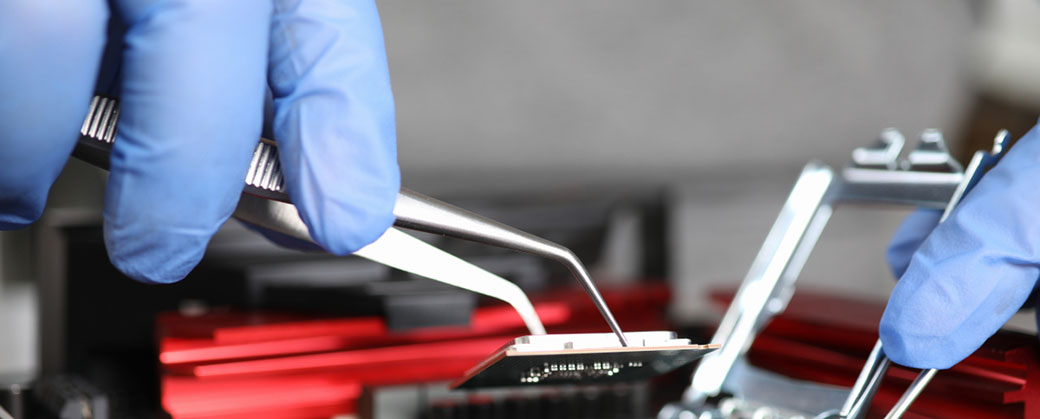
There are many production categories in the electronics industry, including integrated circuit production (photomask, front process, back process), flat panel display production (LCD, PDP, TFT, VFD, picture tube), silicon material production (monocrystalline silicon, polycrystalline silicon) , Optical fiber production, card manufacturing, surface mount (SMT), separate device production (power primary, secondary, tertiary tubes, capacitors, resistors), machine assembly production (set-top boxes, digital projectors, electronic digital cameras), automatic control Component production (sensors, actuators), etc. Therefore, the three major requirements for gloves are sensitivity/sensitivity, antistatic and cleanliness requirements.
1. Sensitivity of nitrile gloves
The disposable thin nitrile gloves not only provide a sharp hand feel, but also fit the shape of the hand, which is convenient for operation.
Nitrile products have the characteristics of stress relaxation. After being worn on the hand, with the deformation of the glove, the internal stress will gradually decrease, so that the glove can not only fit the hand better, but also weaken the force on the hand. Even if it is worn for a long time, the hand skin will not feel fatigued.
Note: In order to make the gloves more suitable for the hands, it is recommended to wear gloves with smaller size.
2. Antistatic properties of nitrile gloves
Static electricity will attract dust and change the impedance between lines, which will affect the function and life of the product. The electric field or current destroys the insulation or conductor of the component, making the component unable to work or completely destroying the component. The element is damaged due to the heat generated by the instant electric field or current. Although it can work, the life of the element has been damaged. Therefore, the antistatic nitrile gloves are good choices.
3. Cleanliness
Most of the production processes in the electronics industry need to be completed in a clean room, which has extremely high requirements for cleanliness.
The clean workshop uses "the number of dust particles with a diameter greater than or equal to 0.5um per cubic meter of air" as the standard to measure its cleanliness. For example, "Class 10 clean room" means "the number of dust particles with a diameter greater than or equal to 0.5um per cubic meter of air is less than 352". In the electronics industry, according to different products and different process levels, the required clean room levels are different, generally at level 10, level 100, and level 1000. Therefore, the cleanliness level of gloves used in the general electronics industry needs to meet the standards of medical cleanliness.
What's more, the ISO 23464 standard specifies the requirements for nitrile clean room gloves, including the number of particles, surface ion content, total non-volatile residues, silicon, amino compounds, dioctyl phthalate content, and test methods. The details are shown in the figure.
Ordinary nitrile gloves generally need to be fully cleaned before they can reach the standard.




